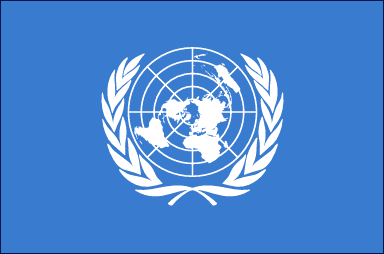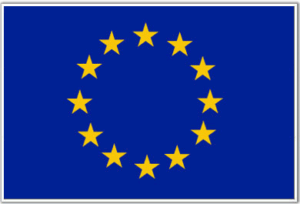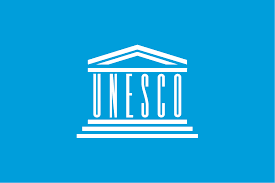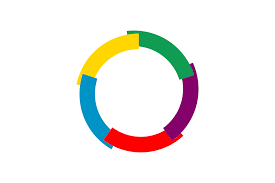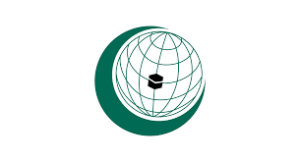The flag of the United Nations (UN) is a powerful symbol that represents the organization’s commitment to peace, diplomacy, and global cooperation. It serves as a visual reminder of the shared responsibility of member states to work towards a more peaceful and prosperous world. Let’s delve into the details of the UN flag and its significance.
UN Flag Facts
To provide a comprehensive understanding of the UN flag, here are some essential facts presented in a table format:
| Fact | Description |
|---|---|
| Design | Light blue background with a white emblem at the center |
| Emblem | A globe surrounded by olive branches |
| Globe | Represents the world and the organization’s global reach |
| Olive Branches | Symbolize peace and the UN’s commitment to resolving conflicts peacefully |
| Flag Dimensions | The official UN flag has a ratio of 3:2, where the length is 1.5 times the height |
| First Use | The UN flag was first raised on October 20, 1947, outside the UN Headquarters in New York City |
| Flag Protocol | The UN flag is always flown in a prominent position, preferably above other flags |
| Flag Variations | The UN flag is also available in different sizes, from small desk flags to large outdoor display flags |
The UN flag’s design and symbolism have remained consistent since its inception, representing the organization’s enduring mission and principles.
Design and Symbolism
The UN flag features a light blue background with a white emblem at its center. The emblem consists of a globe, representing the world, surrounded by olive branches. The light blue color signifies peace and tranquility, while the white emblem represents the aspirations of member states to achieve peace and harmony.
The globe on the UN flag signifies the organization’s global reach and its efforts to address global challenges. It symbolizes the collective responsibility of member states to work together towards a better future for all. The olive branches encircling the globe symbolize peace, underscoring the UN’s commitment to resolving conflicts through peaceful means and diplomatic negotiations.
Significance
The UN flag holds immense significance as it represents the organization’s ideals and goals. It serves as a reminder of the UN’s mission to promote peace, security, and cooperation among nations. The flag is a visual symbol of hope, inspiring member states to collaborate in addressing global issues such as poverty, climate change, human rights, and international conflicts.
The UN flag is prominently displayed at UN Headquarters in New York City and in various UN offices worldwide. It is also hoisted during official UN events, conferences, and meetings. The flag’s presence fosters a sense of unity, reminding member states of their shared responsibility to work towards a more just, inclusive, and peaceful world.

